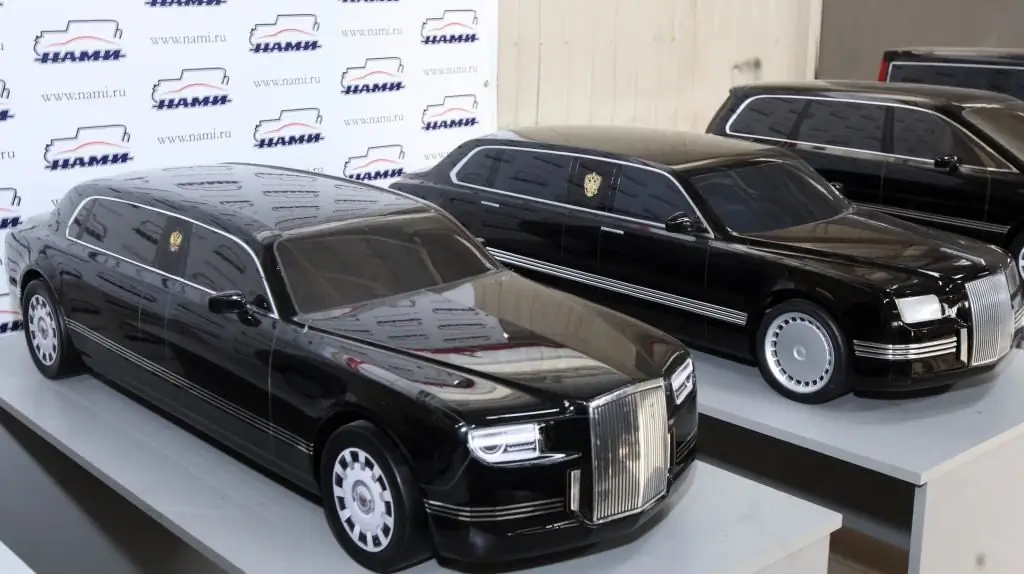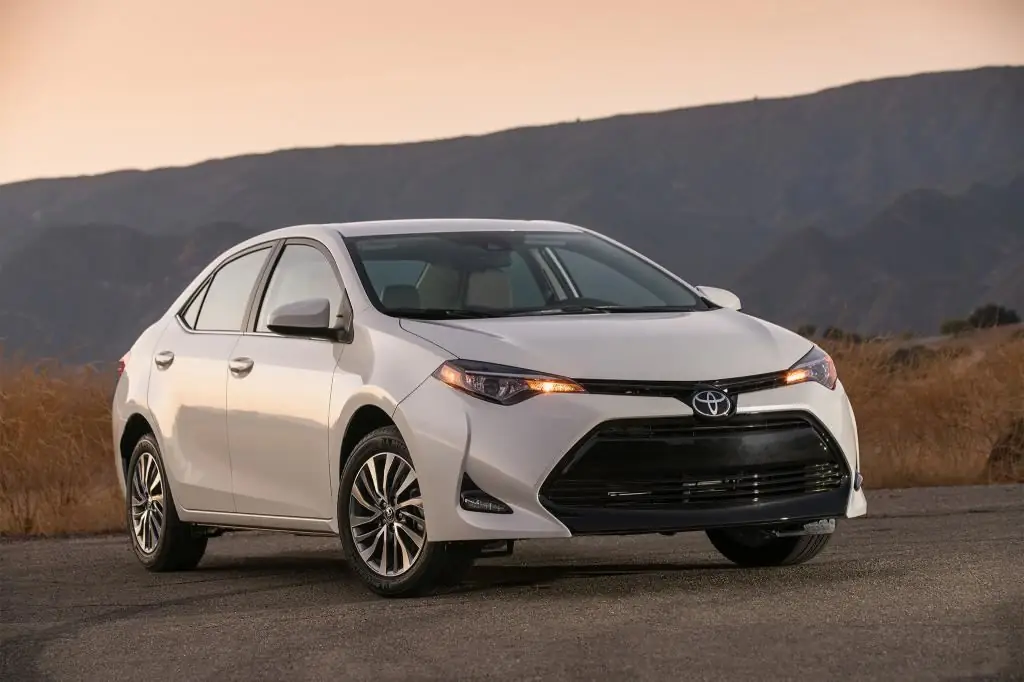2025 Author: Erin Ralphs | [email protected]. Last modified: 2025-01-22 21:14:09
When planning a trip or just a trip, everyone tries to choose the most suitable mode of transport for themselves in order to spend time on the road as comfortably as possible. Today, modern buses have become so comfortable that they can easily compete with any type of transport.
For each category of tourist vehicles, the International Road Transport Union has developed certain requirements. Categories define classes of buses and are designated by stars, ranging from one to five.
Buses can be classified by number of floors, type of fuel used, and categories.

Number of floors
Vehicles are divided according to the number of floors into:
- one-story;
- one and a half storey;
- two-story.
Many travel companies prefer 1.5-decker buses.
This type of transport has a fairly good view, since the interiorlocated above the driver's seat, and the lower compartment is used for passengers' luggage. Double-deck buses are popular for their functionality.
They are mainly used to transport people over relatively short distances, for example on excursions. The lower floor of this transport can be equipped with a buffet, a game room or equipped with sleeping places for tourists.
In some European countries they are used as one of the types of city class buses. But due to their large dimensions, they are quite impractical, since in some cities it may be necessary to look for detours due to low bridges.
Fuel
Most passenger buses use gasoline, methane or diesel fuel. Also recently, vehicles such as electric buses and electric cars that run on electric batteries and do not pollute the environment are beginning to gain popularity.

Classification of buses by category
Bus comfort is categorized and marked with an asterisk (). The higher the comfort, the more stars:
- Middle class buses with one star are in the first category and can be used for city or suburban tours.
- Second category buses (two stars) can be used for international tourism, but for short distances.
- Third and fourth categories are considered the highest class of buses.
- And category number five corresponds to the classluxury.
A bus with more than three stars can carry passengers over long distances.
Class Requirements
Classes of buses by comfort are determined by the following parameters:
- Seat. This takes into account the space between the seats (from 68 to 90 cm), the height of the back of the chair (from 52 to 68 cm) and its angle of inclination, seat upholstery (quality and appearance), the presence of individual armrests.
- Climate control. Do you have individually controlled airflow or air conditioning.
- Heating method (motor or automatic temperature control).
- Windows. Tinted glass or curtains in them, is there an anti-fog coating.
- Individually adjustable lighting.
- The presence of a microphone and a loudspeaker (the latter can be designed for 4-8 seats or one in the cabin).
- The presence of a luggage compartment, as well as shelves for hand luggage.
- Sanitary equipment (bathrooms, washbasins, garbage bins).
- Equipment on the bus: hot drink heater, refrigerator, individual cup holders and folding tables, TV and car stereo.
- Personal place for the guide (equipped with everything you need).
- Availability of electrical outlets near each seat.
Luxury buses

Luxury buses are the most comfortable and correspond to the 5-star category. These tourist class buses must haveadditional comforts. These include: a dispenser of hot and cold drinks, a microwave oven, a wardrobe, a heating cabinet for already prepared dishes, a kitchen with a grill, an armchair equipped with a special back that corrects and supports the lower back.
In the cabin, an information screen is installed, which displays the information necessary for passengers, for example, the name of the settlement to which the vehicle is approaching, distance and travel time, air temperature, etc. In such classes of buses, the noise level should be as low as possible (7476 dB).

No matter how many stars a bus has, they must all be safe. The owners of these vehicles are personally responsible for the life and he alth of passengers on the road, therefore they are obliged to monitor the technical condition of the transport - carry out technical inspection and repairs in time.
Recommended:
The best budget cars. How to buy an economical and comfortable car at the lowest price?

When buying a new car, the buyer first of all looks at the price. The cost of the car is the criterion that in most cases is decisive. Therefore, in the field of automotive production, and then sales, a certain balance of price and quality was formed
Fiat doblo reviews - a great car for family and business trips

Cars have long entered our lives and firmly entrenched in it. Today, a person cannot imagine himself without such a convenient means of transportation in space as a car. But the owner of which car you will be depends only on you. FIAT's Doblo car has become quite popular in the last decade
Presidential cortege. New executive class car for trips of the President of the Russian Federation

For several years, the Mercedes-Benz concern has been developing a car for the President of the Russian Federation, producing the Mercedes S600 Pullman on a special project, which the head of the country drove. But in 2012, the Cortege project was launched, the purpose of which was to create an armored presidential limousine and domestic-made escort vehicles
Performance properties of the car. The most reliable and comfortable cars

Performance shows how effectively a particular vehicle can be used in a particular situation. Knowing the properties of the car, you can predict in advance how the mechanism will behave in certain conditions (for example, city, highway or off-road)
Desna - a motorcycle for hunting and fishing trips

Motorcycle "Desna 220 Phantom" has recently replenished the market of budget bikes of domestic production. It is perfectly adapted for hunting and fishing trips, and for an exciting country trip. This "Desna" is a motorcycle made in a retro design. It has a 200cc engine. Its power has been increased to twelve horsepower

